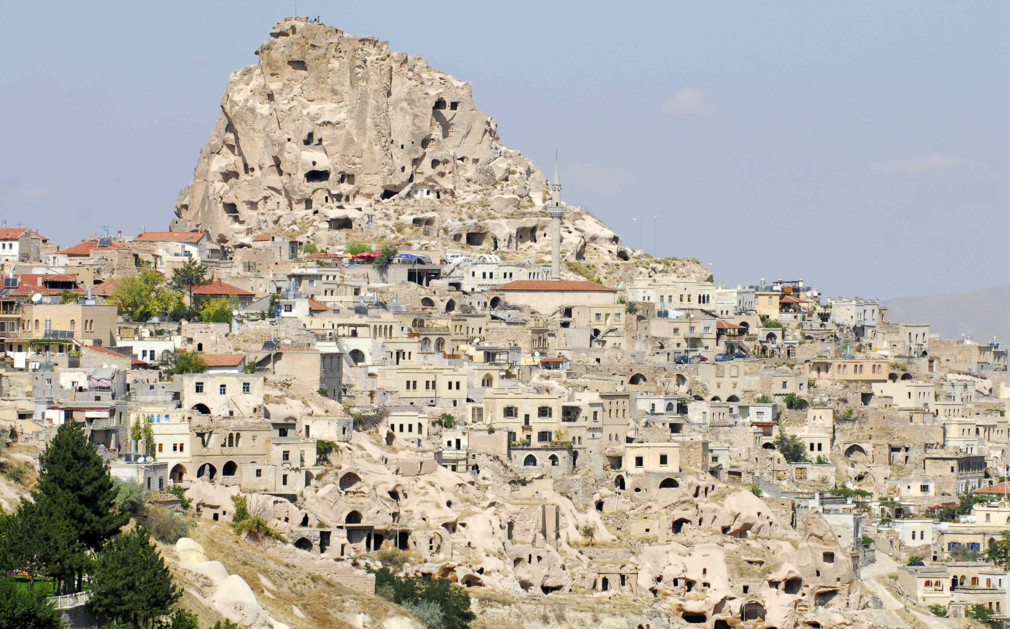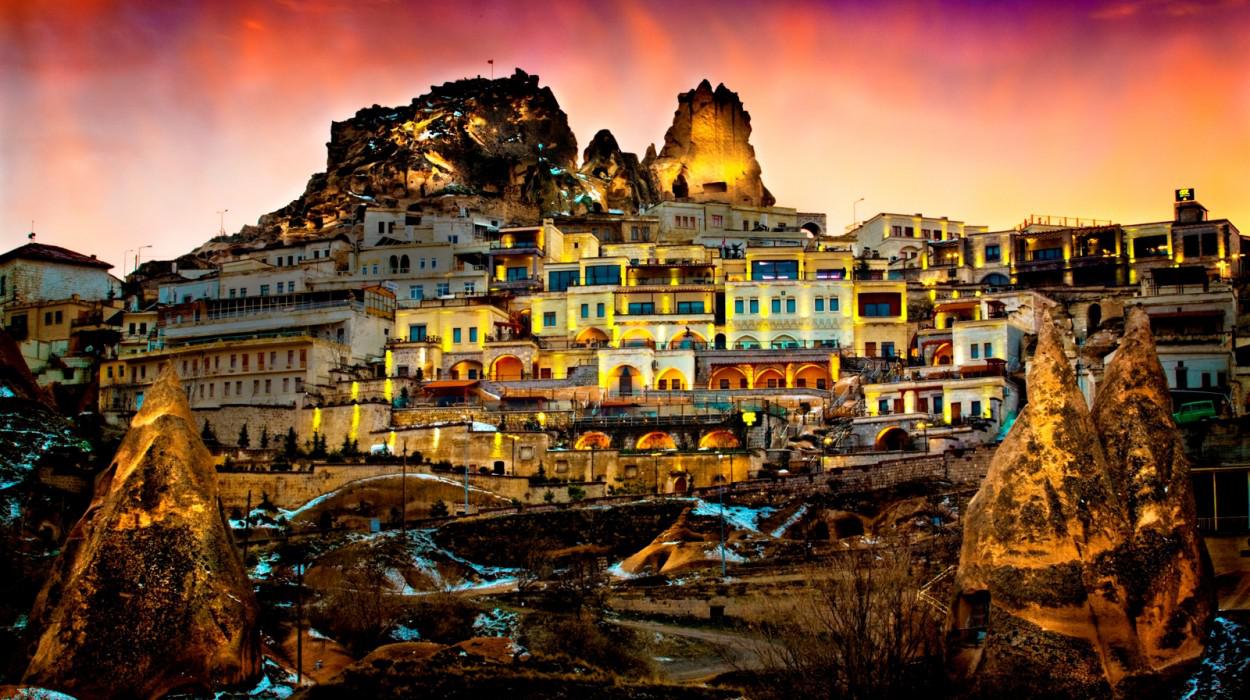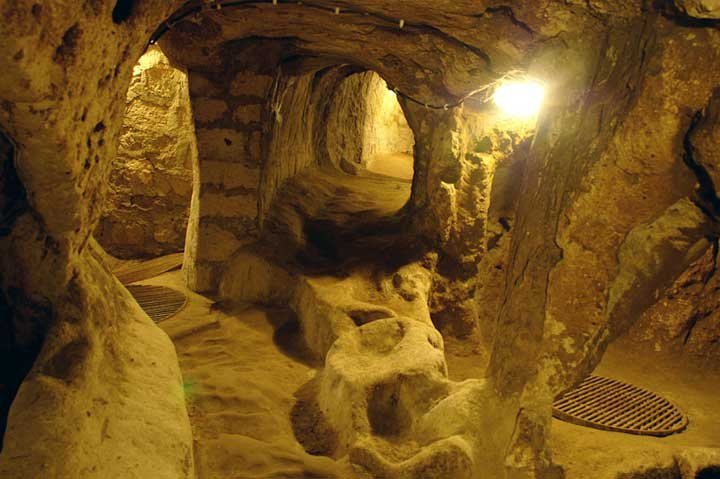Hey all,
As much as I could continue talking about my spring break fun in D.C., it might be time to move on. This week we are going to take Anissa’s suggestion and do some research on Cappadocia.
Where and What is Cappadocia?
Cappadocia can be found in the center of Turkey. It is an ancient district that is located on the Taurus Mountains. Cappadocia is part of Göreme National Park, and is also deemed a UNESCO World Heritage Site. The beautiful landscape is laced with volcanic rock that has been shaped by natural forces. Because of the pinnacle appearence, the area is sometimes called “fairy chimney’s”. Even though it is interesting to look at the geology, the decor of the Christian sanctuaries makes Cappadocia one of the leading examples during the Byzantine art period. A picture will do more justice than words, so let’s just admire it!

History:
Volcanic eruptions in the past have left the area thickened with volcanic ash that solidified to rock. The hardened ash, or tuff, is ten meters thick. Years of erosion have left us with the lanscape in the picture above. The pillars can stretch around 130 feet high!
Although nature has played a significant role in appearance, human-crafted spaces adorn Cappadocia and make it a decorative and historically significant area. People have formed complex tunnel systems for entire towns! There are about eight stories of underground towns that are hidden, too.
Some believe that the first inhabitors of the landscape date sometime around the 4th century. Anchorite communities began living in the cells–the holes eroded through the rock. Later on people used the landscape as a safe haven to evade Arab invasions. During the iconoclasic period, which was around 725-842, monasticism was well established. This knowledge is based on the sanctuaries that were well decorated in nearby towns that were previously used for refuge. However, after 842 there were a variety of churches that were dug into Cappadocia. They were all ostentatiously decorated and colored with figurative painting.

Preservation:
Like most other natural UNESCO sites, Cappadocia is under threat from the same forces that created it. Erosion has provided us with the beautiful landmark, but continuing erosion is damaging the site. There are currently extensive efforts being made to perserve the area, of course, but there are lasting concerns with the increased tourism in the area. People are damaging the area, but preservation efforts hope to allow Cappadocia to survive for another millennium.

Derinkuyu:
Derinkuyu is a subterranean city that is eleven levels underground with about 600 different enterances. There are miles of tunnels that connect to nearby cities. It is a highly intricate underground city with bathrooms, stables for livestock, water tanks, cooking pits, communal rooms–and so much more. Surprisingly Derinkuyu is not the only underground city. There are about 40 complete underground cities and around 200 structures in Cappadocia alone. Most people did not live underground full time. The structures were built for security in the case of danger. The labrynths were riddled with traps to prevent intruders. Christian builders could therefore outwit the invaders who fell into the traps.


Hopefully Cappadocia was as interesting for you to learn about as it was for me! It is a breathtaking landscape that would be so cool to visit some day. I encourage you to go explore some other pictures. There are so many, and each on is more incredible than the next.
Thank you! Ciao!
Sources:
https://www.britannica.com/place/Cappadocia
http://whc.unesco.org/en/list/357
https://www.nationalgeographic.com/travel/world-heritage/cappadocia/
https://www.originaltravel.co.uk/europe/turkey/cappadocia
https://www.icastelli.net/en/cappadocia-cave-resort-spa
http://www.ancient-origins.net/ancient-places-europe/incredible-rock-houses-and-underground-cities-cappadocia-001394
Cappadocia is a very interesting and beautiful site. I remember that my dad told me about it when he travelled to Turkey few years ago. I’m fascinated by the fact that erosion made Cappadocia beautiful, and the same erosion is damaging the site.
This post is so well-conceived and thoughtful. I think that this is an interesting departure from a traditional travel blog. I really like the focus on dynamic and interesting cultures, regardless if you’re speaking from personal experience or not. I love the inclusion of the visual elements as well. Your description of these massive ash pillars, for example, is astounding; however, it’s amazing to see the picture as well to get a complete view. Excellent work!